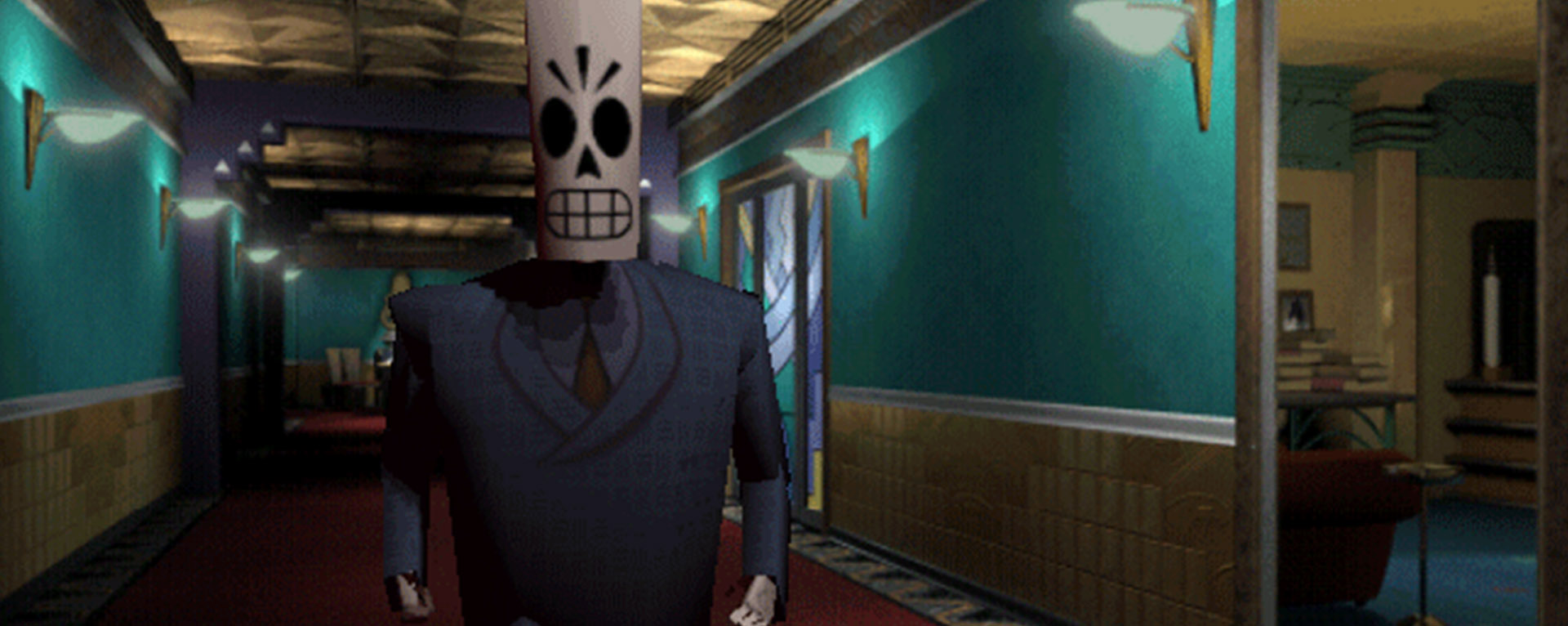Enjoying the Trip: Celebrating Grim Fandango 25 Years Later
Members of the current-day Lucasfilm Games team recall fond memories of a classic adventure.
25 years ago, Lucasfilm Games (at the time known as LucasArts) released one of its most iconic original titles. Grim Fandango was the newest entry in the company’s iconic line of point-and-click adventure games, but in a style, and with a story, all its own.
“Being a lifelong adventure gamer and a massive admirer of LucasArts’ distinct approach to storytelling, humor, and art direction, I was already closely watching what the studio was creating,” says current Lucasfilm Games executive producer Craig Derrick. As a fan at the time, he remembers watching Grim Fandango’s first trailer. “I wasn’t expecting to be blown away by a story about a Grim Reaper set in Mexican folklore, weaving in the rich vibes of Día de los Muertos, all wrapped up in that classic film noir feel à la Casablanca. That trailer sold me instantly with its stunning 3D visuals, cinematic flair, the way they constructed this intricate world, the snappy dialogue, and gameplay that felt ahead of its time for the genre. I couldn’t wait to play it!”
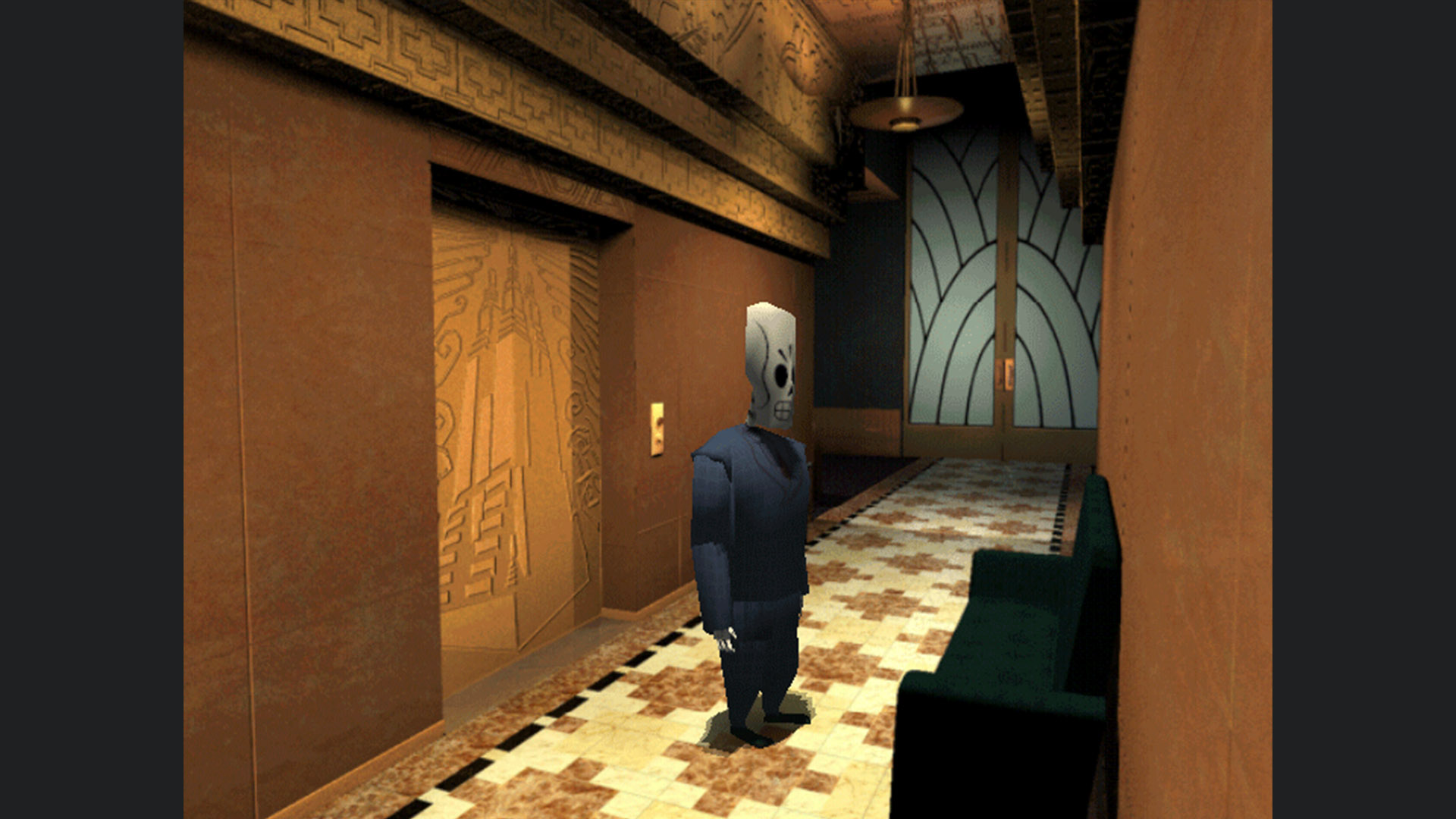
Though players were quite familiar with the tradition of Lucasfilm adventure games by 1998, Grim expanded the genre with even more depth of storytelling, puzzle design, writing and vocal performances, jazz music, and an expansive world that was the company’s first adventure game set within a fully 3D-rendered environment. “It breathed new life into the classic LucasArts style of ‘point-and-click’ interface,” Derrick notes, “seamlessly transitioning it into 3D, which extended beyond just movement to sightlines, interaction, dialogue, and inventory selection. It was groundbreaking for its time.”
Current Lucasfilm Games producer Carmen Askerneese recalls playing Grim with his mother on the family’s home computer. “We always watched spy movies like Mission Impossible and the Bond films together so the noir feel and unique setting caught my interest right away,” he recalls.
Grim’s neo-noir setting of the Land of the Dead is inhabited by Grim Reapers who offer the newly-deceased travel packages to the deepest level of the underworld and bizarre demons who work the odd jobs that support them. It was a place aptly-designed for an epic saga of an unlikely hero’s quest to help the woman of his dreams and thwart a corrupt plot to keep deserving souls from their eternal rest. That hero is none other than Manny Calavera (voiced by Tony Plana), an employee at the Department of Death who seems down on his luck.
“How can you not like a game that tosses you right into the role of the Grim Reaper, only to flip the script and have you working as a travel agent for the Department of Death?” quips Derrick. “And that’s just the beginning of the character’s arc when later you go from janitor to nightclub owner, then, oddly, from deckhand to ship captain, all while untangling a mystery, rescuing your friends, and embarking on a quest to catch the Number Nine Train to the land of eternal rest. It’s that kind of unexpected journey that truly makes Manny an incredible, unforgettable character.”
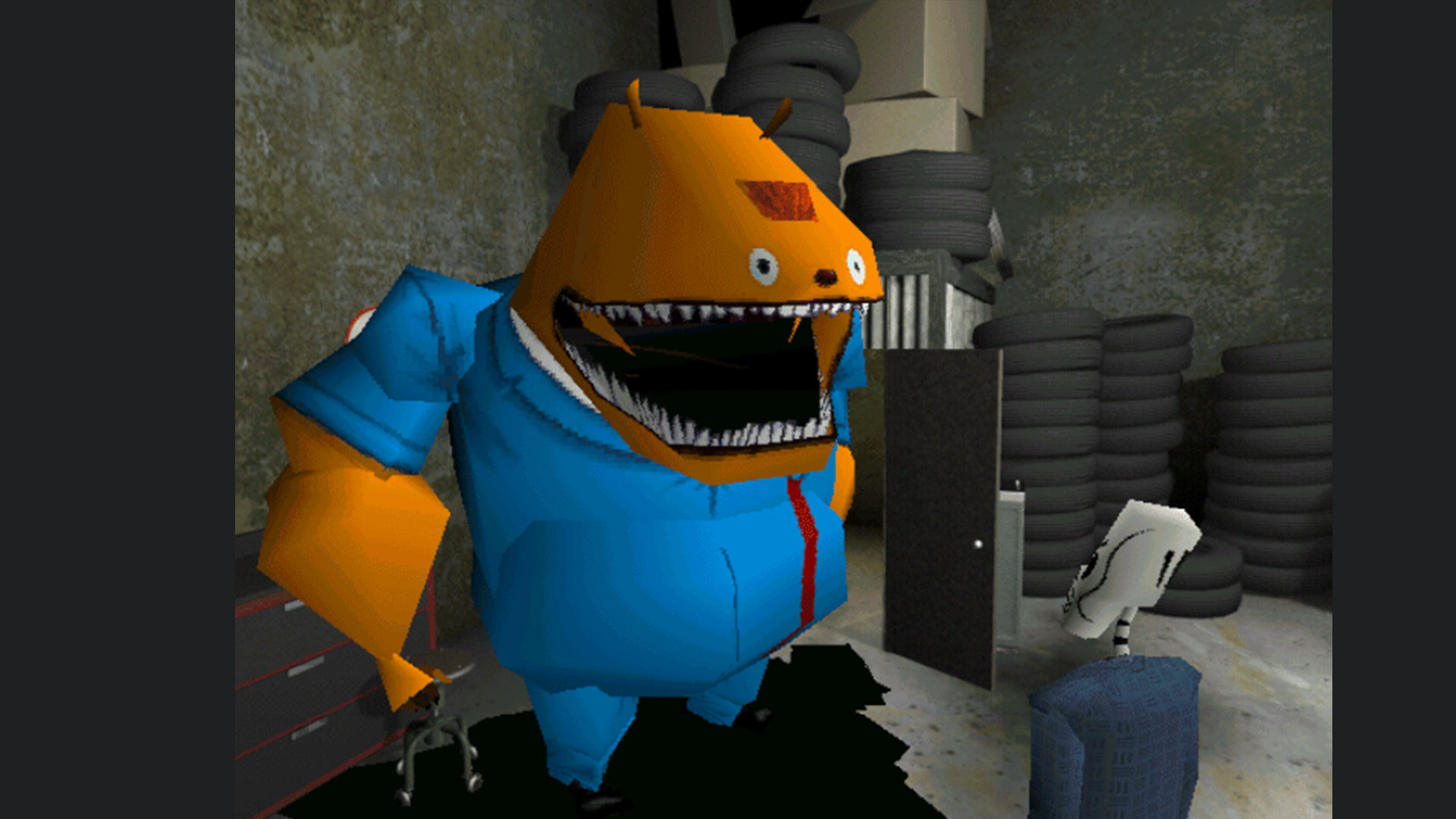
Both Askerneese and fellow producer Michael Dailey identify the lumbering Glottis (voiced by Alan Blumenfeld) as another favorite. A ferocious yet friendly demon obsessed with driving fast, he serves as an unconventional sidekick to Calavera. “What is not to love about Glottis?” says Dailey. “He is loyal, hilarious, and no one else could drive the Bone Wagon the way he does!”
Nowadays, Grim Fandango and a handful of other Lucasfilm Games classics are playable in remastered versions, and have introduced a new generation of gamers to these stories. Dailey himself became a new initiate to Grim when he was among the crew to work on the remaster in partnership with Double Fine Productions (established by Grim’s original creator Tim Schafer) back in 2014. “It was such a delight to experience it for the first time when I did. The humor, and of course the visual style of the game stood out the most to me, I had never played a game that looked like Grim Fandango and still have not since.”
Titles like Grim continue to inspire the ongoing legacy of Lucasfilm Games. As Derrick explains, “We’re building upon the foundation of forty-plus years of gaming at Lucasfilm and standing on the shoulders of giants in the industry – think about games like Grim Fandango, Indiana Jones and the Fate of Atlantis, X-Wing vs. TIE Fighter, Zombies Ate My Neighbors, Maniac Mansion, Dark Forces…the list goes on…. We’re not just making any game; we’re striving to contribute to that legacy of greatness established by Lucasfilm Games.”
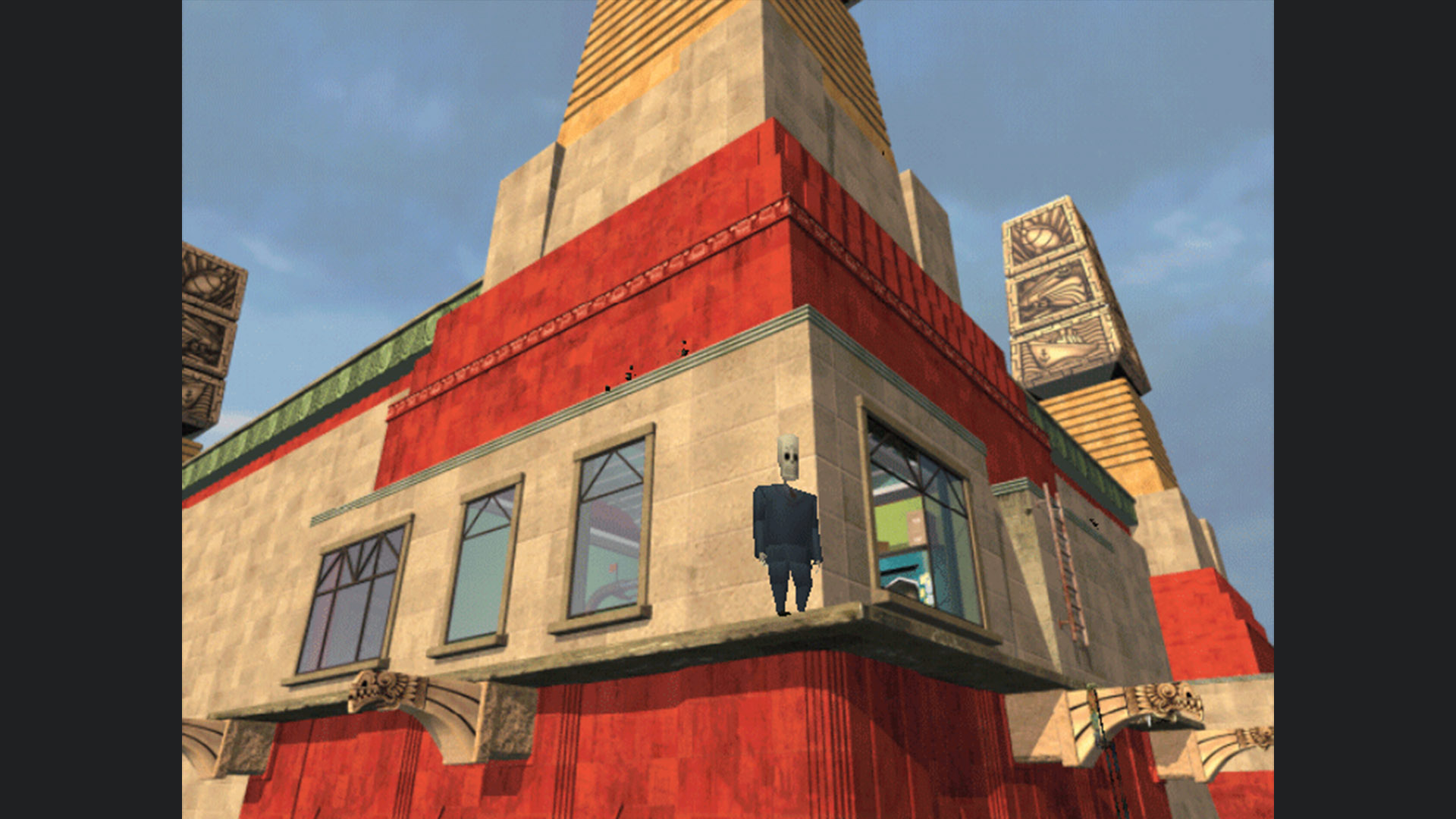
Askerneese adds that amongst this rich history, Grim stood out to him in particular “because it felt like the first game that heavily-featured characters with dialects and Mexican culture. I grew up in a diverse family and community, so seeing people who spoke and had lives like the folks I was around was really impactful. I definitely think the game inspired some of the style of adventure games we see across the industry.”
As Manny Calavera himself concludes, “If there’s one thing I’ve learned, it’s this: nobody knows what’s gonna happen at the end of the line, so you might as well enjoy the trip.”
To play yourself and learn much more, visit www.GrimRemastered.com.
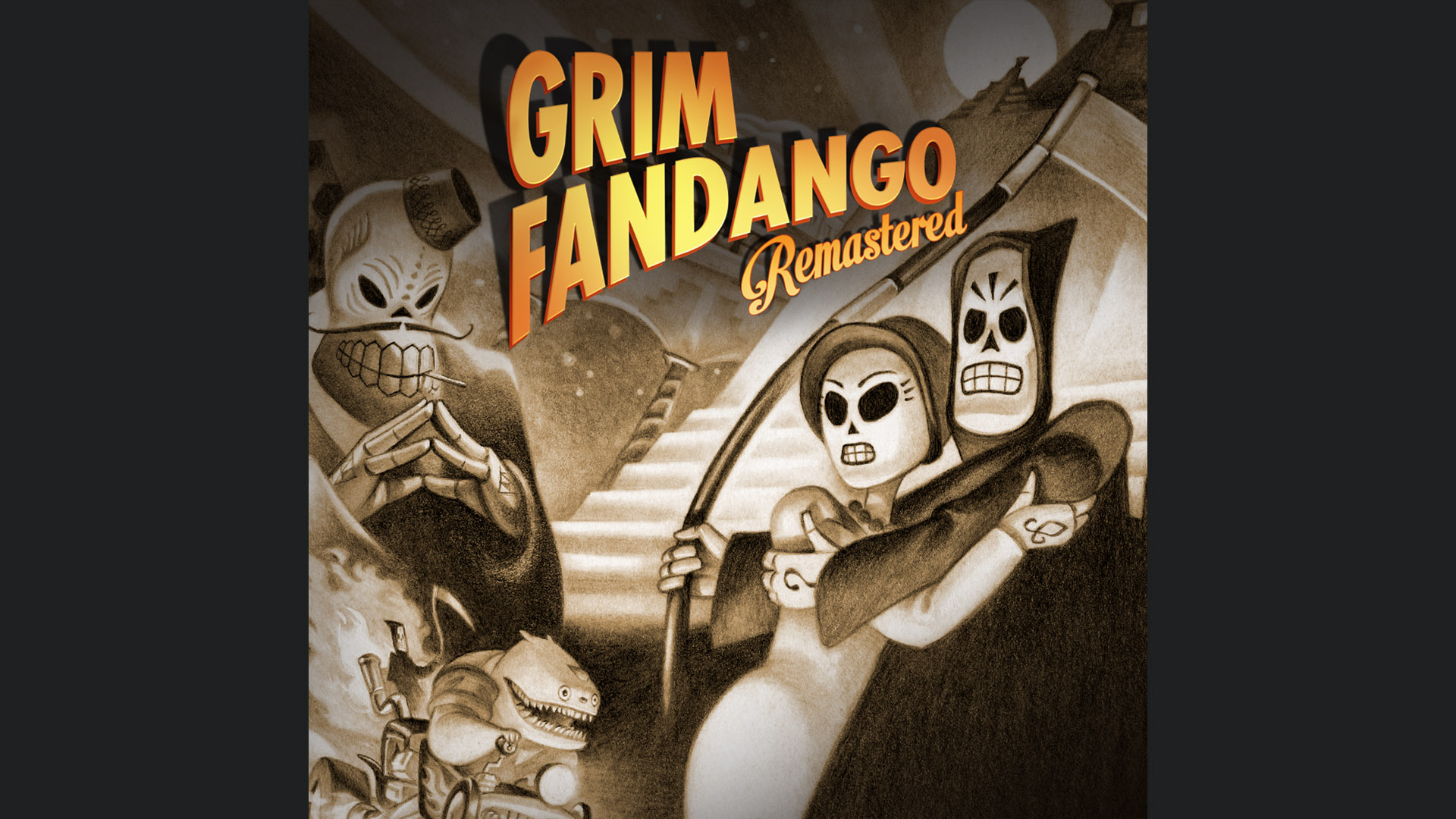
Lucas O. Seastrom is a writer and historian at Lucasfilm.
—
Lucasfilm | Timeless stories. Innovative storytelling.

